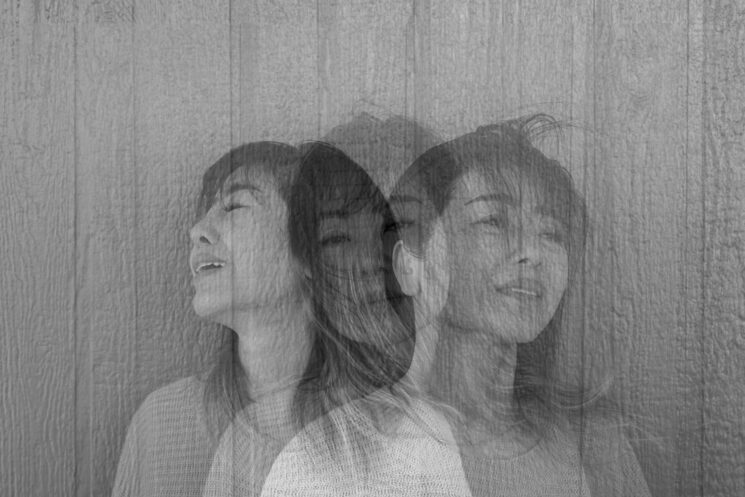
By Ansharah Asif
African American girls don’t get many opportunities to see their life experiences on screen in a realistic manner rather than stereotyped. Black girls with mental illnesses deserve to see themselves represented in the media and not in an exaggerated manner or with false stereotypes or as side characters. Instead, they should be portrayed as protagonists facing the harsh realities of mental illnesses while depicting their struggle to so much as get out of bed.
Some African American people are depicted as strong and resilient individuals at all times. The “strong Black women” myth makes false representations such as black people don’t suffer from mental illnesses or that their stories aren’t important enough to be told as their emotional struggle is hardly ever represented in the media.
Mental health discussions are still taboo in many African American households as they may be viewed as signs of weakness while seeking help from medical professionals may lead to misdiagnosis and mistreatment due to these biases. This is why such representation of accurate experiences of black girls with mental illnesses can help form a realistic image of what mental illnesses actually look like and how their experiences can help these girls get past these obstacles and learn to deal with them.
According to Science Daily, 50% of black girls are more likely to display symptoms of bulimia. They are three times more likely to be imprisoned. This puts them at a higher risk for depression. They are also more likely to be victims of violent crimes and more likely to attempt suicide putting them at a higher risk for psychological distress or even post-traumatic stress disorder.
Using stereotypical characterization such as drug addicts or violent criminals rarely depicts the young Black girls with mental health issues nonetheless shows them seeking help or undergoing the recovery process.
The lack of representation and outreach to mental illnesses among African American girls also has correlated medical implications. They are less likely to receive treatment in comparison with other girls of different races showing the same symptoms. Black girls are more likely to have an eating disorder and less likely to be misdiagnosed, underdiagnosed, or overdiagnosed.
Because the media portrayal of black people is limited and inaccurate, ideas formed solely by what is shown in film and TV shows can be harmful. They need to know that they aren’t alone and that everyone deserves support in the same way as anyone else as knowing what they are going through and what that actually looks like helps them find ways to seek help and makes them less afraid of asking for help.





